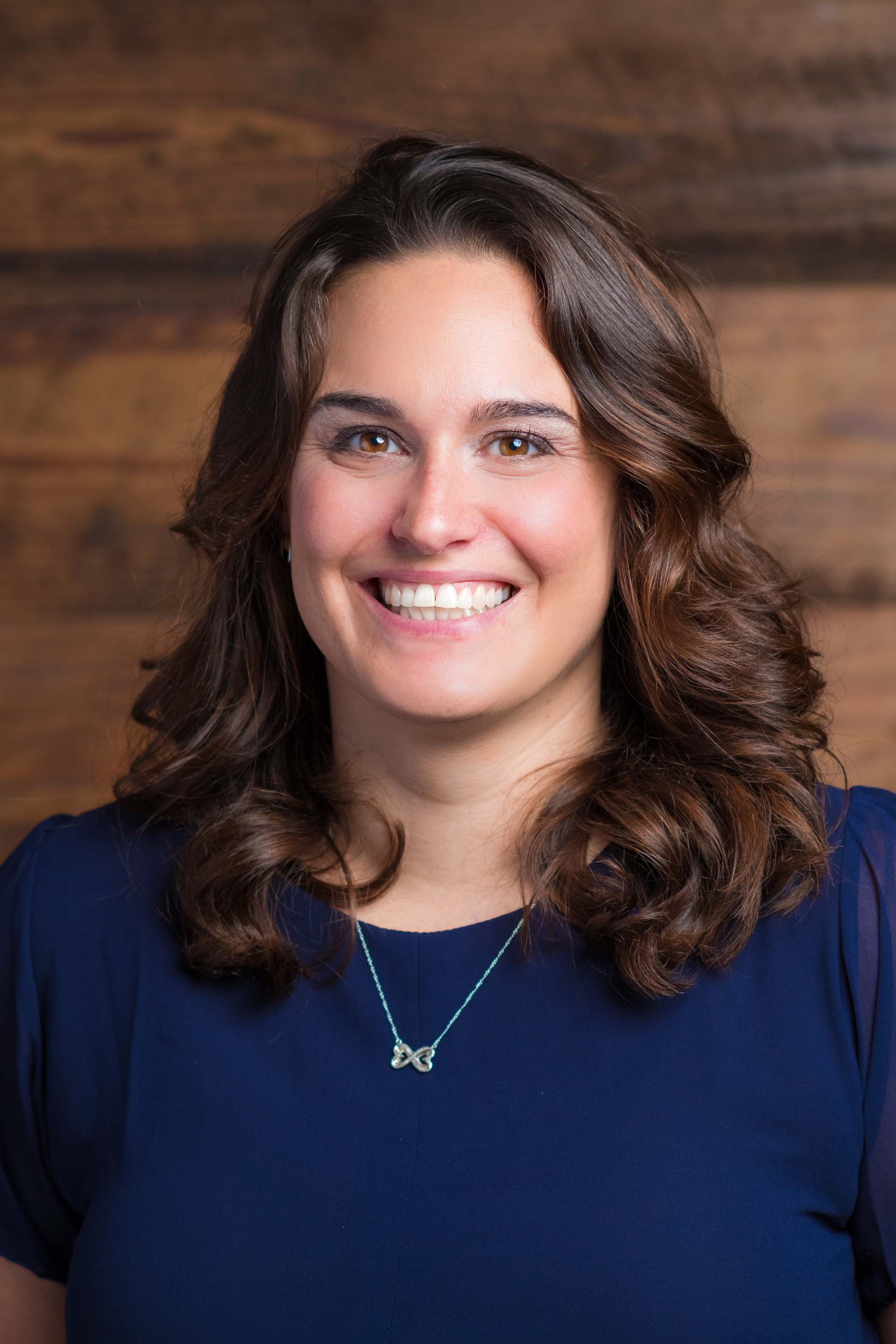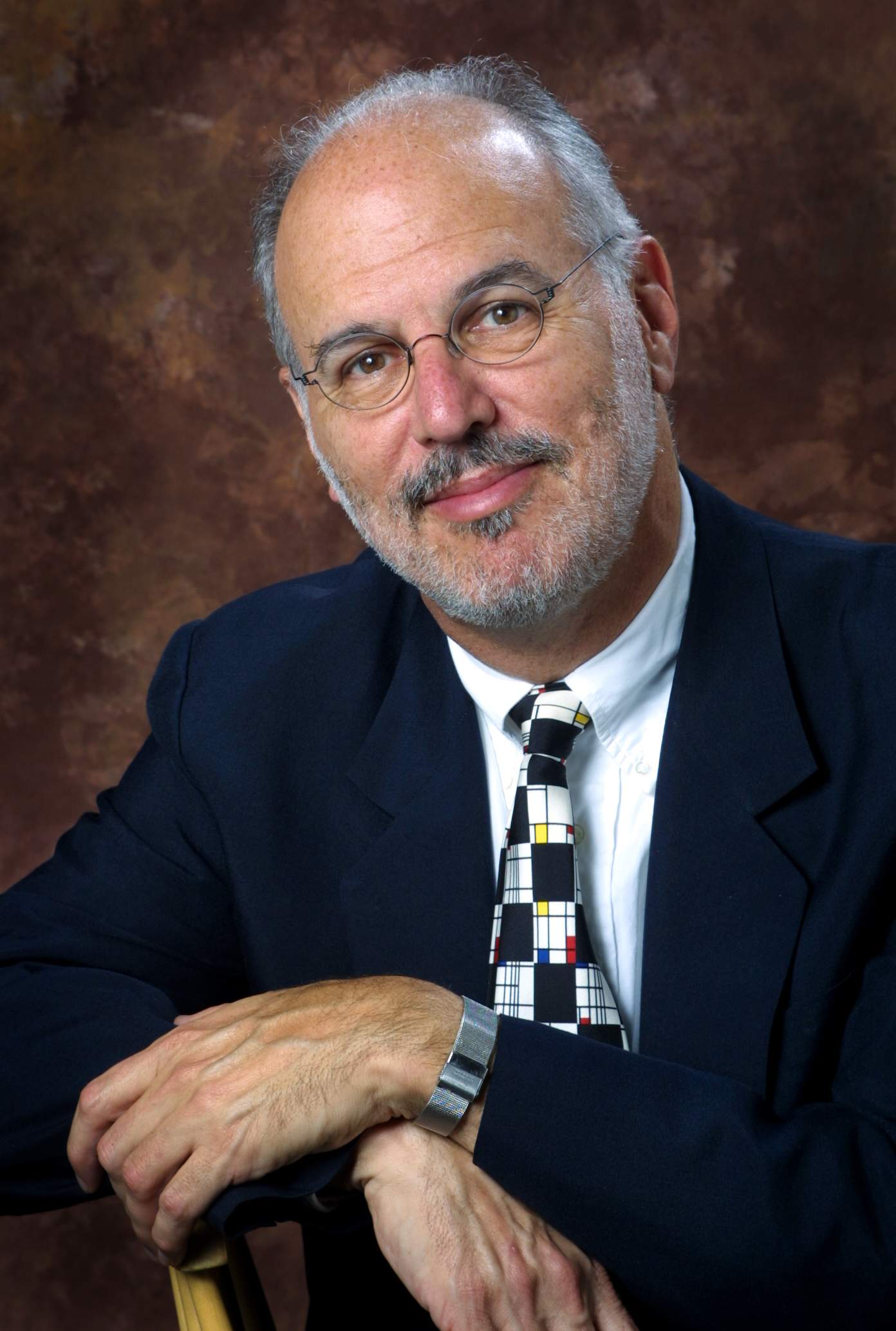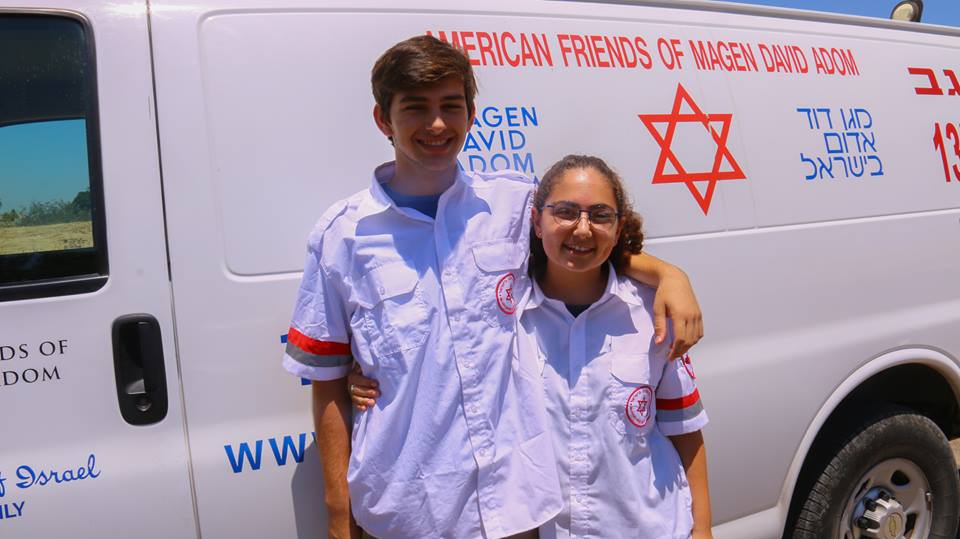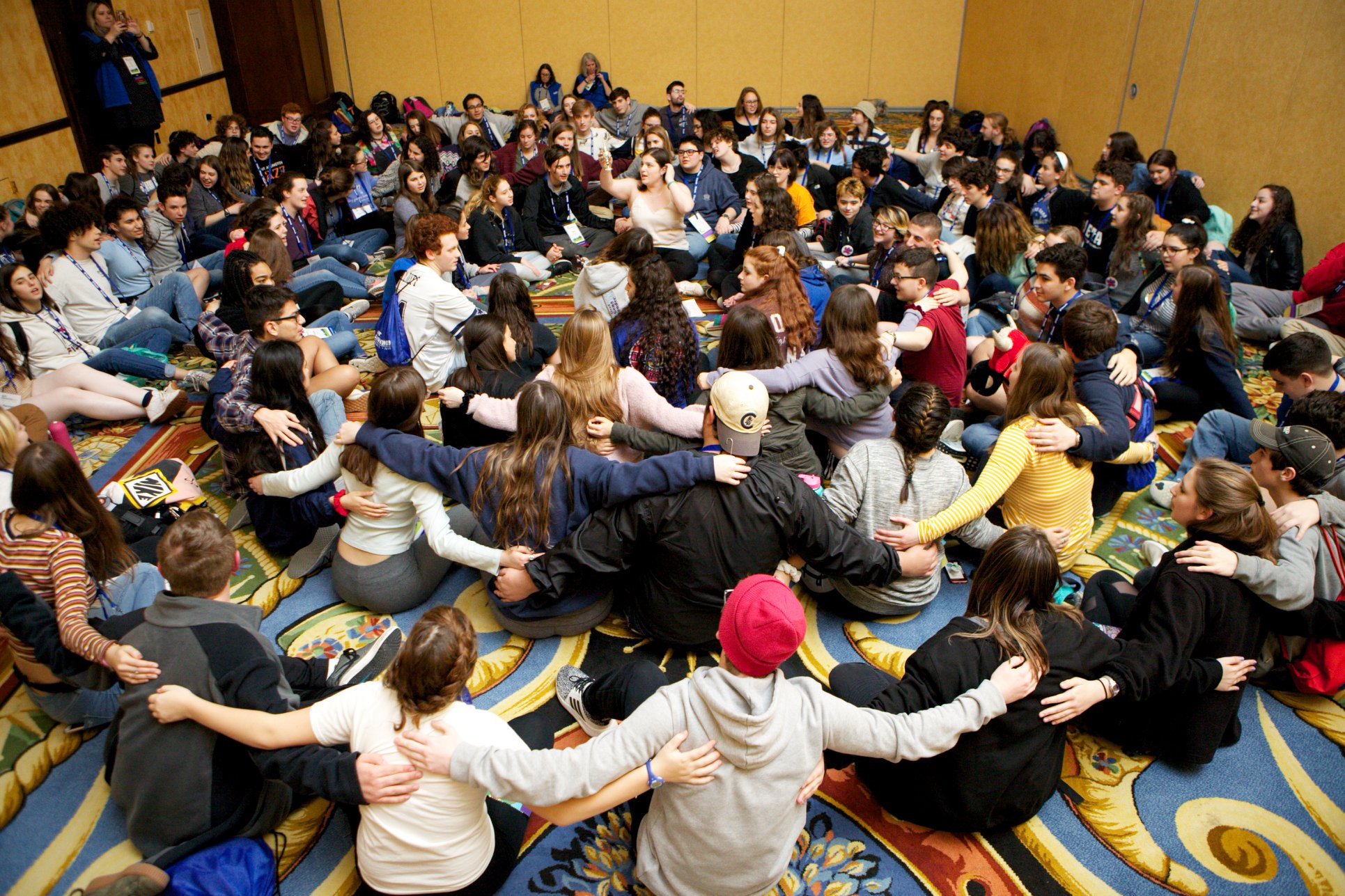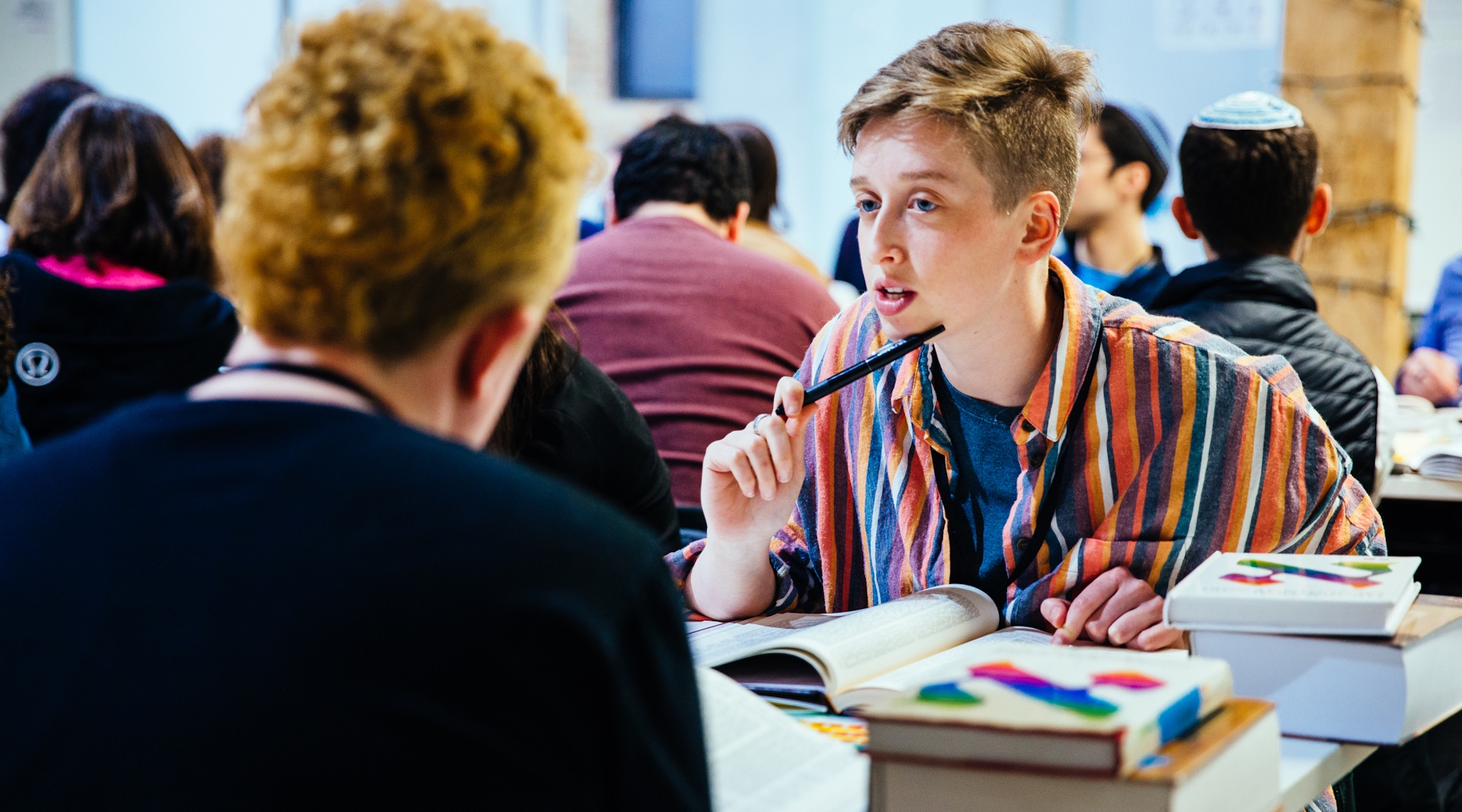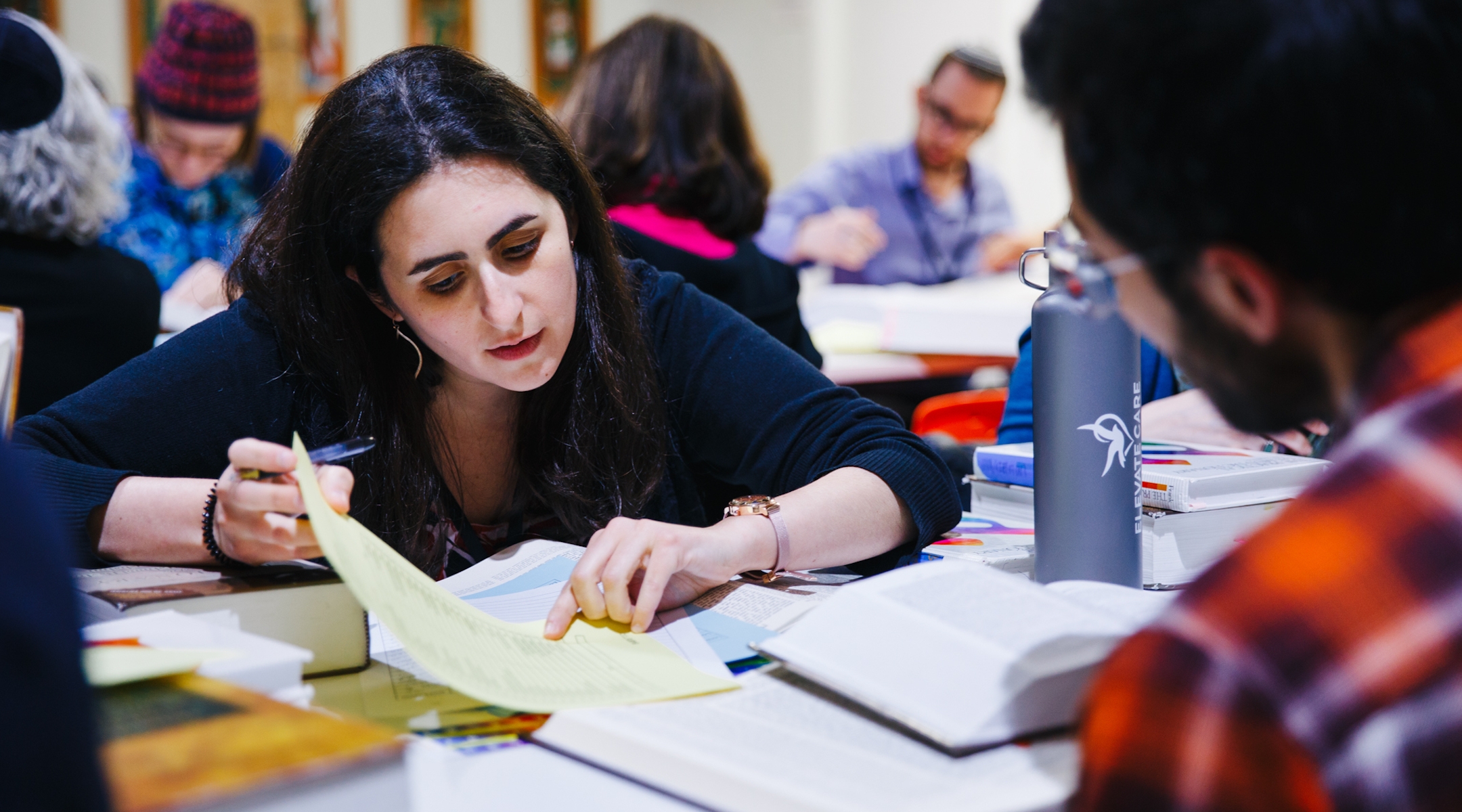Two major Jewish foundations have together committed $20 million to the Shalom Hartman Institute of North America (SHINA) in a major effort to expand its staff and overall capacity and allow it to shape conversations about Jewish pluralism, Jewish peoplehood, the American Jewish future and its relationship to Israel.
The Koret Foundation and the Jim Joseph Foundation, both based in San Francisco, have each committed $10 million, payable over five years, to SHINA’s future.
According to SHINA President Yehuda Kurtzer, the growth will not be upward so much as it will spread wider and plant deeper roots. “For Shalom Hartman North America, these are definitely the biggest pledges” ever received, he said in an interview with Inside Philanthropy.
Hartman has two bases—one in Jerusalem, where the Shalom Hartman Institute was founded in 1976, and one in New York. Until Kurtzer joined the organization in 2010, its New York office was an “American Friends of” outfit with just two employees. Kurtzer, who joined as its founding president, immediately began growing Shalom Hartman Institute North America into its current incarnation, and with the new gifts, plans to build it out as a unique model: both a think tank and a creator of material to be used in a multiplicity of educational settings, he said.
Engaging Hard Questions
The need and “a great hunger” for Hartman’s unique approach to Jewish ideas are undeniable, he said. “We are in an unprecedented crossroads of Jewish history. The models for the relationship with Israel crafted in the 20th century don’t really work in the 21st century… There’s almost a great awakening taking place, that the institutions that got us here won’t take us further” into an American Jewish future, which, because of major sociological shifts through interfaith marriage and disinterest in joining synagogues and other traditional organizations, looks quite different than even the recent past. “The courage right now is a willingness to engage hard questions even if you don’t know the answers,” said Kurtzer.
With the new funding, SHINA’s staff has grown from 30 to 37 full-time employees since December 2018, he said, having already added a senior vice president, development executives on both U.S. coasts and a director of content and communications, as well as scholars for its think tank and teaching. With the new funding, many more will come. But aside from rented office space for headquarters in upper Manhattan and what Kurtzer calls “semi-permanent” rented space in the Bay Area, the money won’t be spent on bricks and mortar. It will be spent on training people to convey SHINA’s ideas.
“Almost all of this funding will be spent on personnel,” said Kurtzer. “The Jewish community doesn’t need more buildings. We are a content organization, and are happy to bring our content” wherever SHINA can, he said.
The Koret Foundation, which has approximately a half-billion dollars in assets, has made other $10 million gifts in recent years, said Danielle Foreman, Koret’s director of programs. The foundation gave one in 2016 to Israel’s Museum of the Diaspora, or Beit Hatfutshot, to create the Koret International School of Jewish Peoplehood, and another, in 2017, to Tel Aviv University for joint partnerships with University of California at Berkeley and Stanford University focused on smart cities and bioinformatics, Foreman said.
Nevertheless, “this is a very large investment in Hartman and its vision. The foundation doesn’t have a plan to make this size grant every year,” said Foreman. “Hartman has really demonstrated a track record in their work, so Koret wants to help those projects get to the next level.”
Expanding a Relationship
The relationship between Hartman and Koret isn’t new. Koret has funded Hartman’s work in the San Francisco Bay Area since 2013. There, Hartman has worked with organizational leaders on both the professional and lay sides at JCCs, Hillel chapters, Jewish family service organizations and more. The focus is framing and informing their work by deepening their understanding of Jewish ideas rooted in Hartman’s core focuses of Jewish pluralism and peoplehood.
With the $20 million in new funding—Koret’s gift was first announced in March but received little notice—Hartman will expand this fundamental part of its work to a total of six North American cities: San Francisco, Los Angeles, Detroit, Toronto, Washington, D.C., and New York. Hartman hopes to make those cities “hubs” of its work, which will radiate to other nearby “spoke” cities and towns, Kurtzer told Inside Philanthropy.
That’s one of three main areas it will build out with the new grants. Another is growing a research center with a publication arm by hiring and training additional fellows. And a third is supporting promising early-career academics through the Rabbi David Hartman Center, named for SHI’s founder, who died in 2013. From the time he immigrated to Israel with his young family in 1971, Hartman considered building bridges between Israeli and North American Jews one of his central priorities. The congregation he led in Jerusalem soon grew into the Shalom Hartman Institute, named for his father and formally established in 1976.
The Rabbi David Hartman Center is “a training vehicle for early-career scholars, investing in people who have tremendous potential as thought leaders to help them create pathways,” Kurtzer said. SHINA has already worked with two cohorts, academics focused on Jewish studies and Israel studies, and is now working with its third cohort of rabbis who aren’t working in pulpits, but are “showing great promise as big thinkers.”
“The grant was based on a business plan we wrote for the next five years to build out a more intelligently designed organization for the future of American Jewish life,” Kurtzer said. “Our organization has grown very fast and very opportunistically over the last 10 years. We’ve created a huge amount of program activity around North America following program-designated funding. This was a chance to see what’s the right size.”
“It’s going to help us be a sustainable organization beyond the activities we’ve done until now. The Jewish community needs an independent think tank and research center on major questions facing the Jewish people, and it definitely needs content,” Kurtzer said.
“We see this grant as stabilizing the capacity of Shalom Hartman Institute North America to do our core work for years to come.”
“A Powerful Driver of Idea Generation”
No one from the Jim Joseph Foundation was available for interview, but in an email, foundation President and CEO Barry Finestone wrote that SHINA “is a powerful driver of idea generation for Jewish learning, Jewish thought, and Israel education.
“Their thought leadership contributes to a vibrant, relevant Jewish community—reflecting a commitment to pluralism and to building relationships with a diversity of Jewish thinkers and teachers on campuses, in classrooms, and in the broader community. Importantly, their leadership has created a space for robust, yet nuanced conversation. We are very pleased to partner with the institute as it continues to innovate and to elevate our field, and as it pursues its vision of a Judaism rich with purpose and meaning.”
Koret’s view is that its grant is “really helping an organization that is demonstrating success across North America and in Israel to help them really grow big and see what can happen when an organization is fully funded and able to try out what they are seeking to do,” said Koret’s Foreman. “This is a mutual gain.”
Source: “A Record Gift to Help Navigate an ‘Unprecedented Crossroads of Jewish History,'” Debra Nussbaum Cohen, Inside Philanthropy, August 12, 2019
